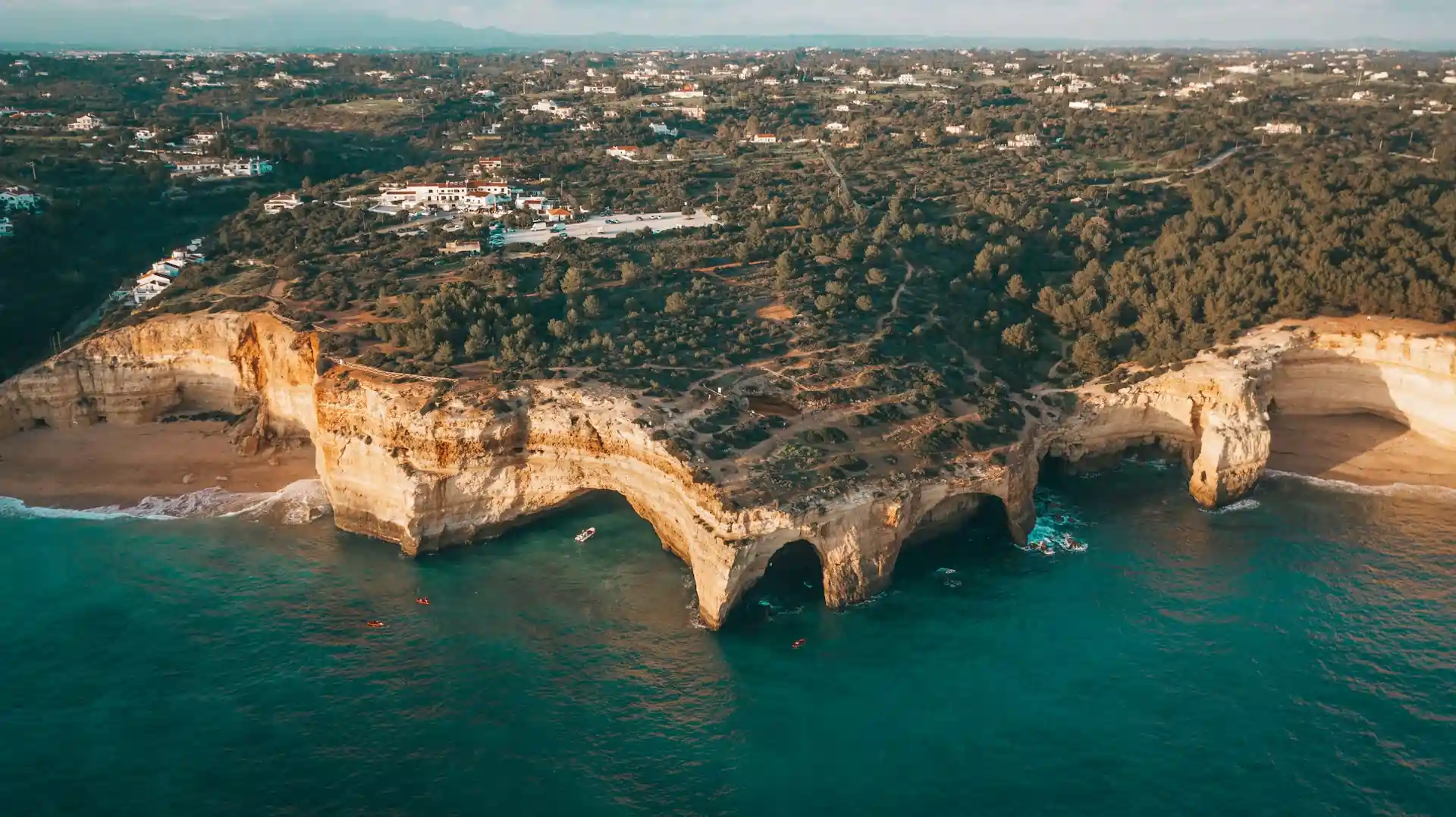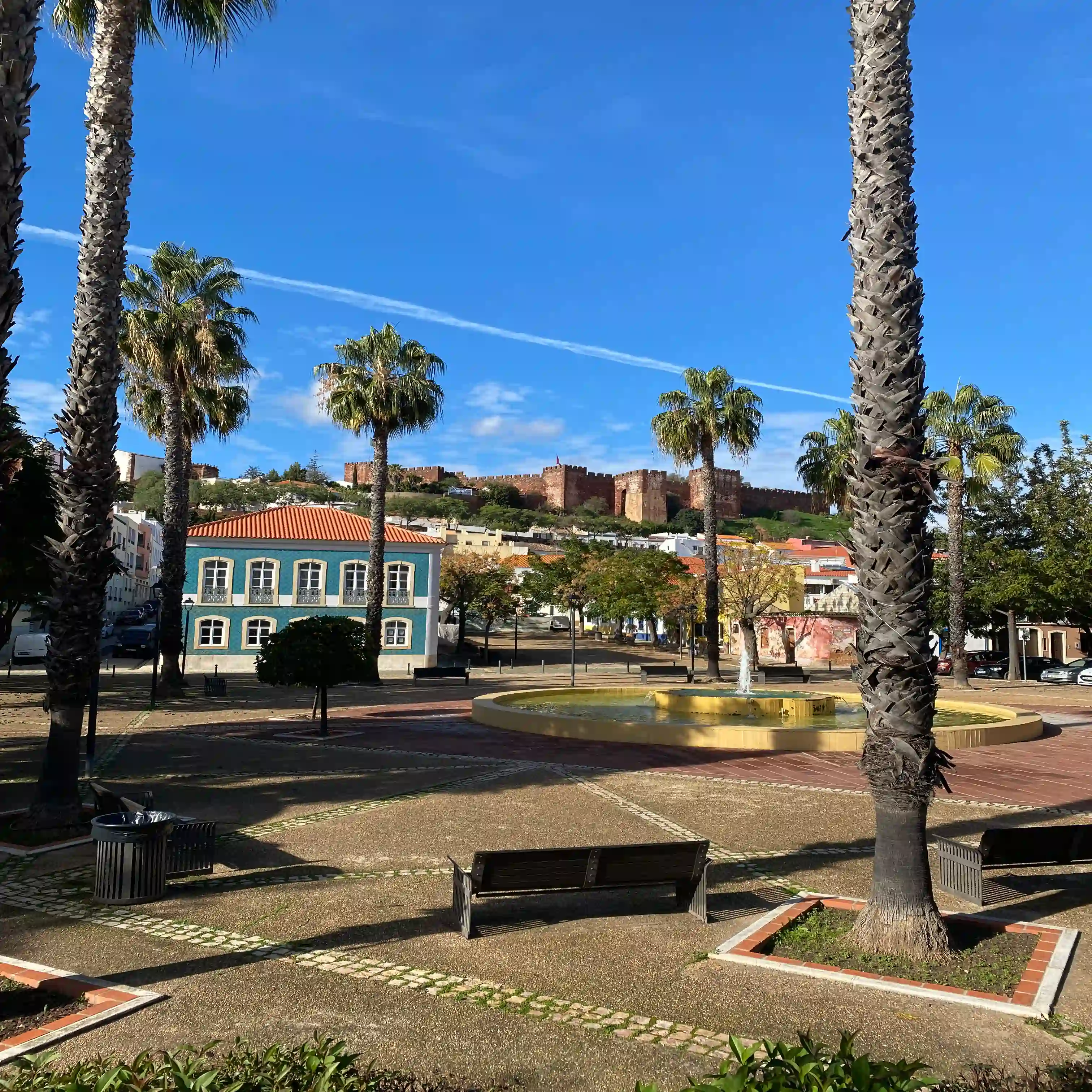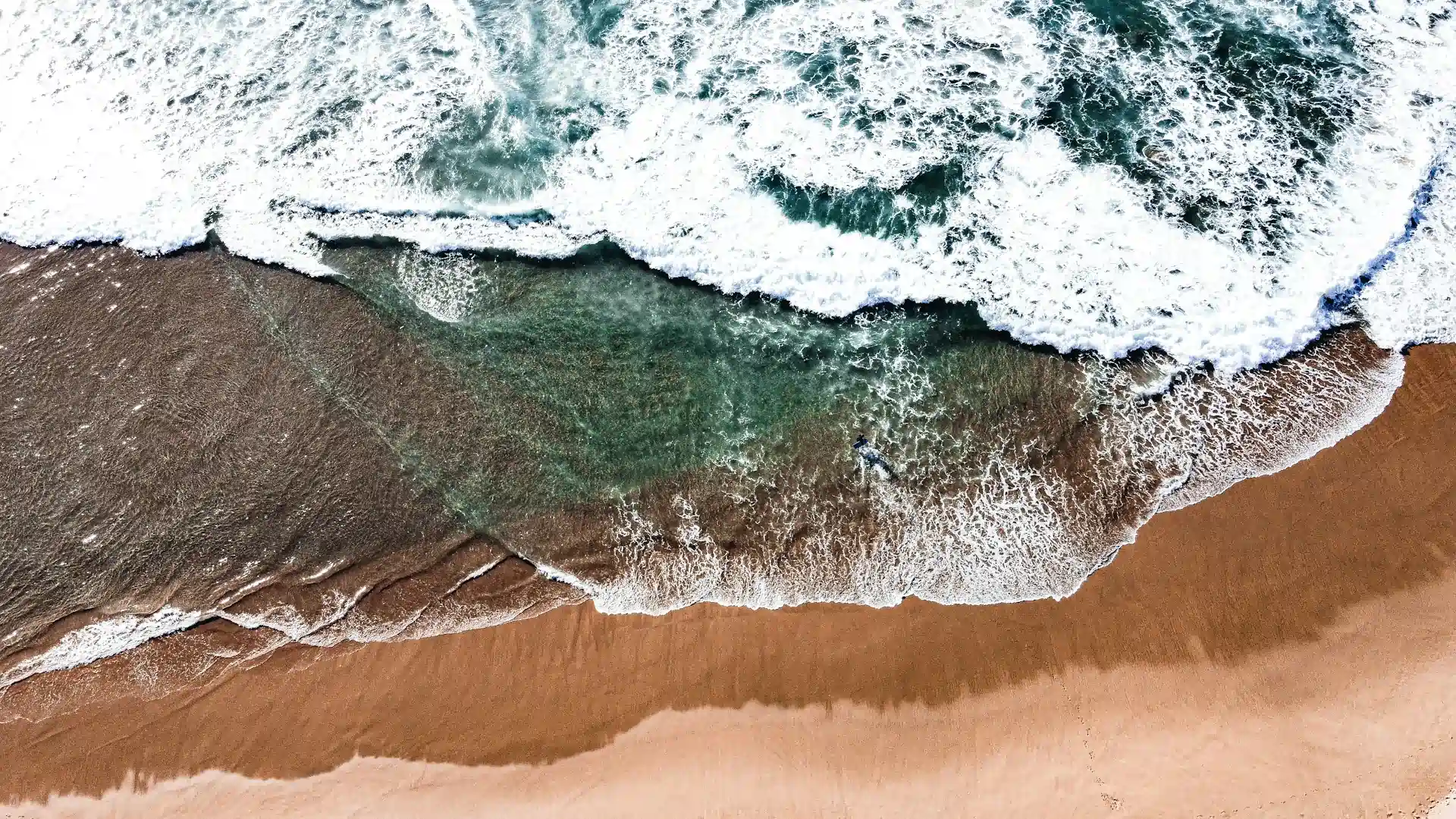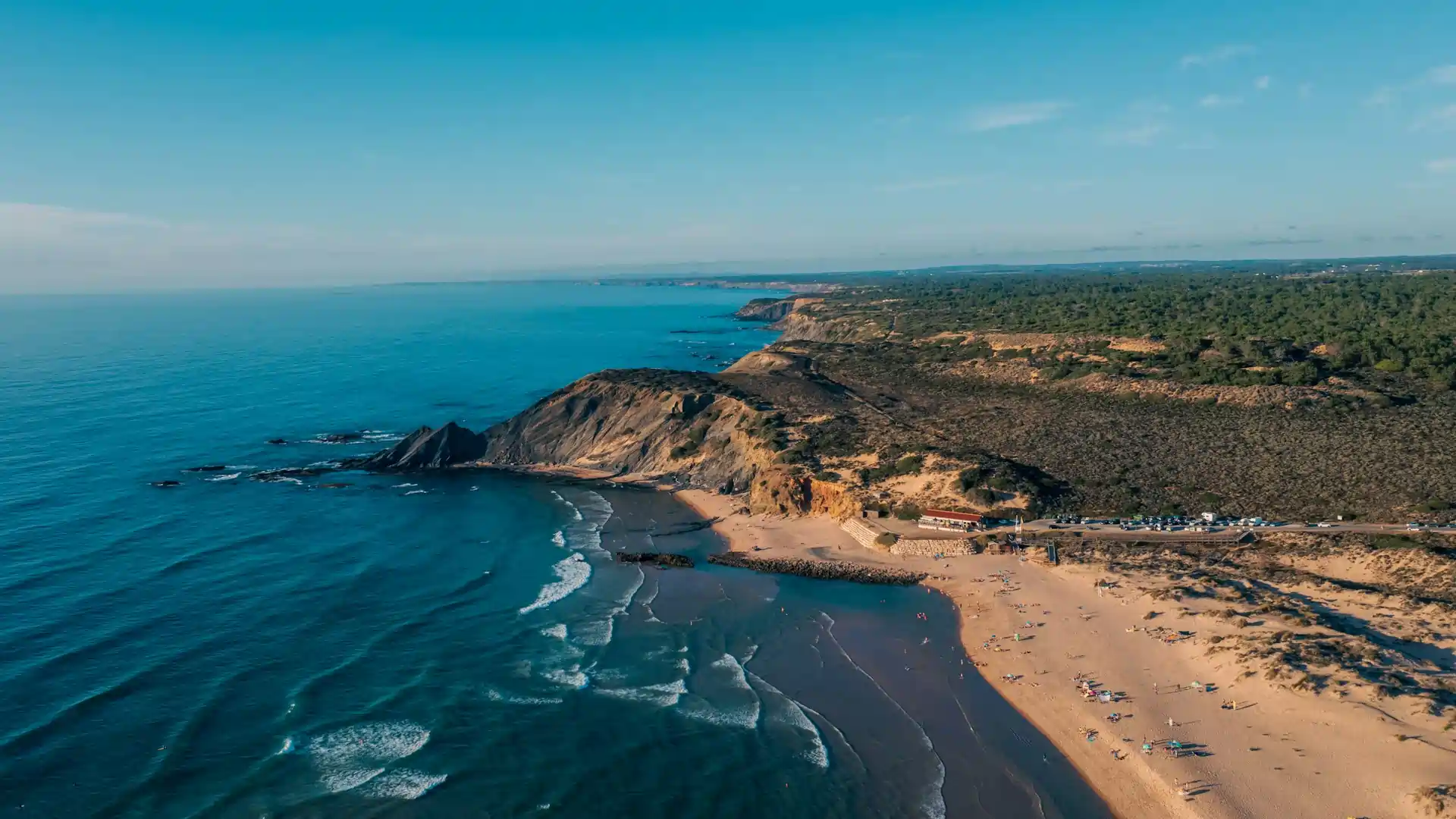
Discover Aljezur: A Hidden Gem of Algarve’s Wild Coastline and Rich Heritage
Aljezur is a charming destination that opens the door to the beautiful, wild beaches of the western Algarve. Bordered by the Atlantic, these beaches offer a striking contrast to the warmer, more crowded southern coasts. Monte Clérigo and Arrifana beaches, known for their fine sand and scenic cliffs, are just a short drive south of Aljezur. Further north, near the Alentejo border, lies Odeceixe Beach, a haven for surfers, where the Odeceixe River meets the sea.
Aljezur itself is a small, tranquil town with deep Moorish roots. It’s divided into two parts: Vila Velha (Old Town) and Igreja Nova (New Town). The town is nestled in a fertile valley, once traversed by streams wide enough to allow boats to sail up to the town itself. A Moorish castle from the 10th century crowns the town, and although much of it lies in ruins, the surviving cistern and towers are a reminder of its rich history. The Igreja Matriz, rebuilt after the 1755 earthquake, boasts a striking Neoclassical altar, adding another layer of history to Aljezur.
Beaches
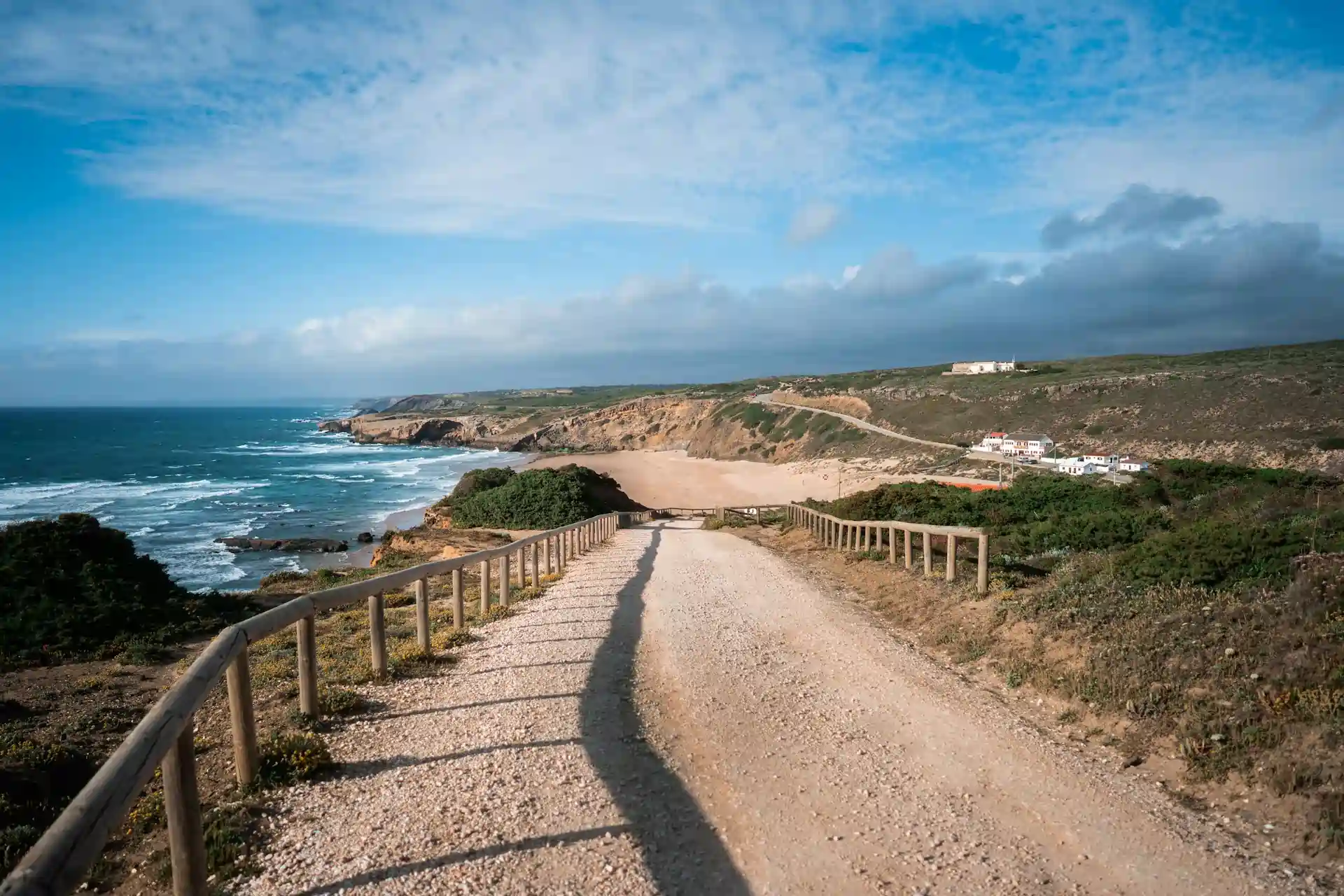
One of the region’s most famous beaches is Monte Clérigo, with its soft sands and warm waters, favored by locals who have built vacation homes nearby. It’s sheltered from the wind, much like Amoreira Beach, which is separated from Monte Clérigo by rocky outcrops. The surrounding dunes host a unique flora, showcasing vibrant shades of green, yellow, and lilac. Heading south from Monte Clérigo, visitors pass through Vale da Telha to reach Arrifana Beach, where a vast sandy stretch is protected by towering cliffs. The iconic Pedra da Agulha stands at one end of the beach, a striking feature of this coastal landscape. South of here, the lesser-known beaches of Canal, Penedo, and Vale Figueiras offer secluded spots with tranquil settings. Further along the coast, Bordeira and Praia do Amado, with their expansive sands and dramatic cliffs, attract visitors seeking peace and quiet, while the northern beaches of Carriagem, Vale dos Homens, and Samouqueira offer more secluded, uncrowded options. Many of these beaches are popular with surfers due to their favorable wave conditions.
The cliffs that line the coast north of Aljezur are steep and rugged, making them ideal nesting spots for seabirds. The deep, mysterious blue of the Atlantic here creates a striking contrast with the rocky shoreline. Strong maritime currents swirl around the cliffs, making these waters the domain of expert fish and seasoned fishermen.
Fishing Spots
For those passionate about fishing, the coast of Aljezur offers an abundance of species including sea bream, snapper, and bass. Local anglers scale the rugged cliffs, seeking out hidden perches where they can quietly wait for the perfect catch. Some of these spots are so hard to access that ropes are installed to help fishermen descend. Popular fishing spots include Baía dos Tiros, Samouqueira, Carriagem, and Pontal. However, seasoned fishermen often guard the secret of a successful catch, sometimes finding a secluded nook far from others. It’s always advised to exercise caution while navigating these rugged areas.
Places of Interest
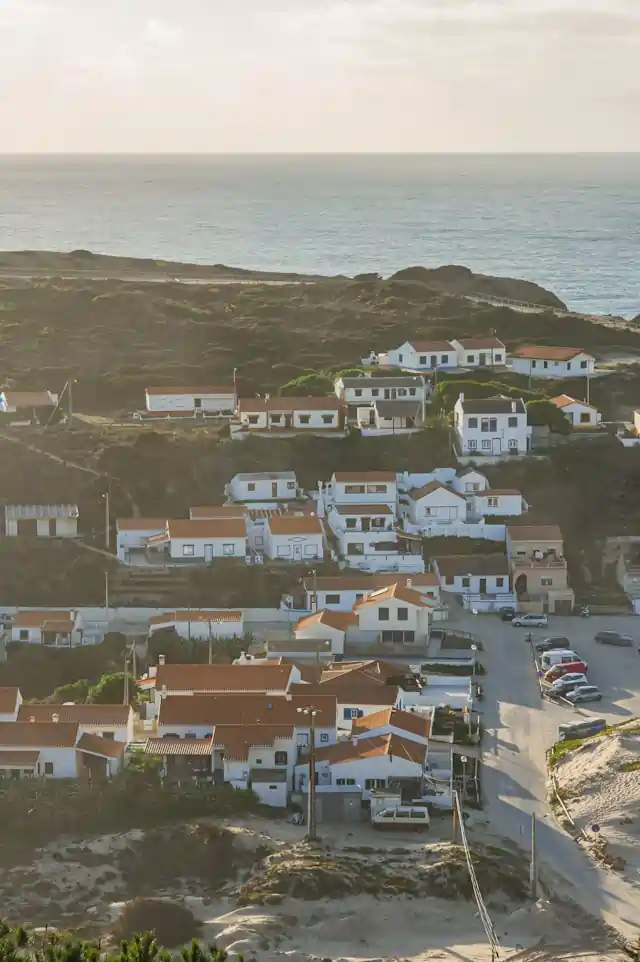
Aljezur Castle
Built in the 10th century by the Moors, Aljezur Castle was one of the last strongholds in the Algarve to fall during the Christian reconquest in the 13th century. While much of the structure is in ruins, its surviving walls and two towers offer a glimpse into its historic past. The panoramic view from the top is breathtaking, providing a wide-reaching look over the surrounding landscape.
Museums in Aljezur
Aljezur is home to several museums that showcase the area’s rich history. The Municipal Museum houses prehistoric artifacts, most of which were uncovered during excavations in Igreja Nova. The Antoniano Museum, located in a restored 17th-century chapel, is dedicated to St. Anthony, featuring artifacts like statues, paintings, and medals.
The Natural Park of Costa Vicentina
Spanning from São Torpes to Burgau, the Costa Vicentina Natural Park covers approximately 74,736 hectares of diverse landscapes and a marine strip extending 2 km offshore. Created in 1995, it’s a haven for wildlife enthusiasts, with over 200 species of birds, 26 of which nest on the park’s towering cliffs. The park is also home to around 750 plant species, including 46 species unique to Portugal and 10 endemic to this region. Despite the seemingly sparse and rugged vegetation, the park is a botanical treasure trove. The park is also a refuge for carnivores such as foxes, badgers, and wild boar, which roam its forests and coastal scrublands.
In summary, Aljezur is a perfect mix of natural beauty, historical intrigue, and tranquil beaches. Whether you’re surfing on Odeceixe Beach, hiking through the coastal cliffs, or exploring the historic ruins of its castle, this charming town offers an authentic slice of the Algarve, where nature and history blend seamlessly into a serene, unforgettable experience.
algarve aljezur